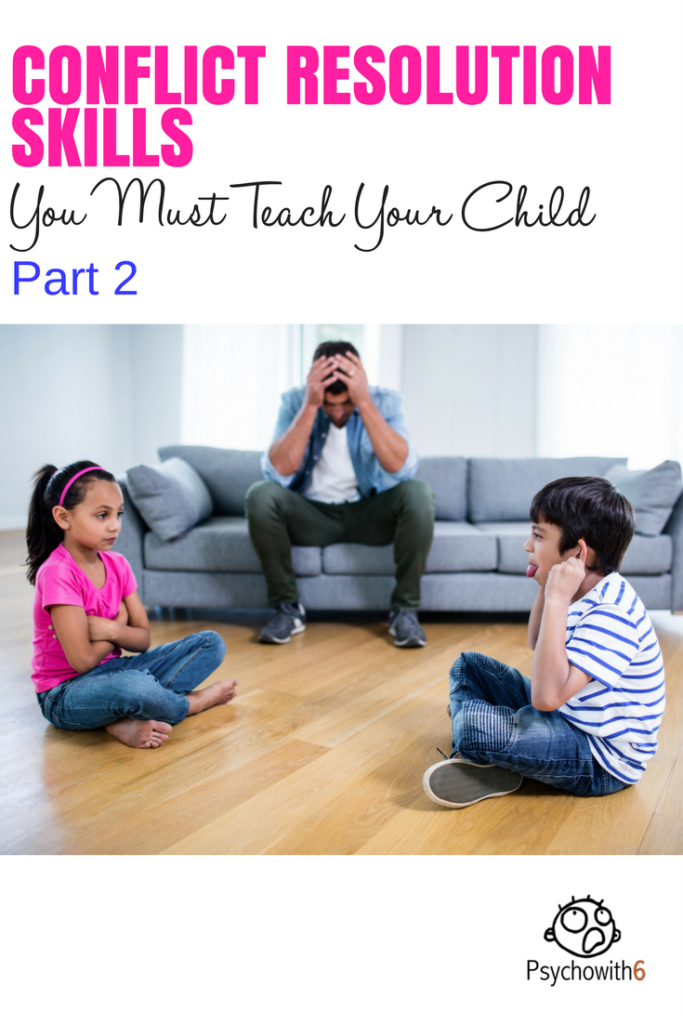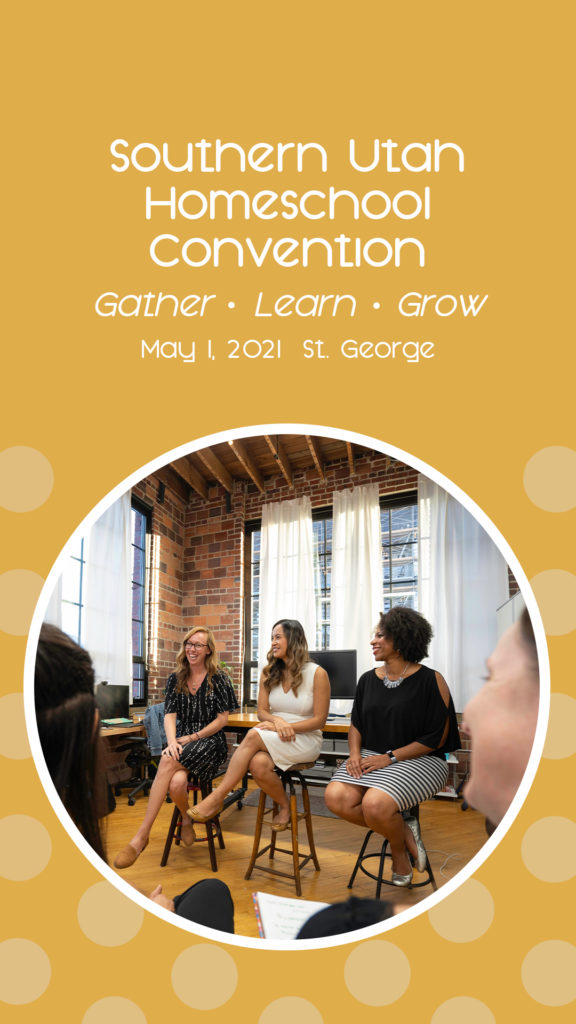Conflicts involving our children are draining, aren’t they? Last week, I discussed how teaching our children personality and gender differences can help them manage and even avoid conflict. This week I’d like to finish the acronym BLT.

LEARN
The L in BLT is for learn.
We learn by listening and not assuming that we know what other people are thinking.
What does God say about listening versus assuming? In James 1:19 we read, My dear brothers and sisters, take note of this: Everyone should be quick to listen, slow to speak, and slow to become angry. Proverbs 15:1 reads, “A gentle answer turns away wrath, but a harsh word stirs up anger.”
When we are listening and not assuming, we will ask ourselves, “Do I really know someone else’s motives when I’m not sure of my own?” How many times have we asked a child why they did something and they tell us they don’t know? How many times have we done something and we have no idea why we have behaved that way? I came to understand how important it is not to assume others’ motives when I read the book How to Stop the Pain by Dr. James Richards. The problem with assuming others’ motives is we typically ascribe very negative motives to others and very positive motives to ourselves. Dr. Richards argues that we can stop the emotional pain of our assumptions by just refusing to make them and listening instead.
We want to listen to learn. When we listen well, we not only understand another person’s perspective, our feelings toward them change. I anticipated getting together with someone whose values and beliefs are in complete opposition to mine. I was worried that conflict would ruin our time together. I decided that I wouldn’t share any of my own beliefs but would only ask questions about herss. In the end we had an incredible visit. She not only felt very positively toward me, but I found myself feeling great about her as well.
Right to Speak
But listening is very hard when you’re already in conflict. I used a technique called Right to Speak all the time when I was practicing as a clinical psychologist. The Right to Speak involves one person speaking for a limited period of time. When you’re dealing with children, that period of time may be one minute. After one child talks about their grievances and feelings, the other child must ask questions to get three yes answers from the speaker. The listening child should restate what the speaker has said and ask if that’s what was said. Asking inflammatory questions such as, “Did you take my toy without permission?” is unlikely to get a yes answer as are negative comments. To make Right to Speak easier for younger children, you can give the speaking child three quarters. Each time the speaker answers yes to a question, he or she can hand a quarter to the listener. After three yes answers have been given, the children switch roles. You may very likely have to give an example question and redirect children who are having trouble formulating questions to get yes answers.
TALK
After we listen it’s our turn to talk. That’s what the T stands for in BLT. But we have to choose assertiveness over aggressiveness when we speak. Aggressiveness maybe verbal or nonverbal. Nonverbal aggressiveness is better known as passive aggressiveness. Yelling and physical expressions of anger are not the only destructive forms of aggression.
What does God say about assertiveness versus aggressiveness? Romans 12:18 says, “If it is possible, as far as it depends on you, live at peace with everyone.” Ephesians 4:29 says, “Do not let any unwholesome talk come out of your mouths, but only what is helpful for building others up according to their needs, that it may benefit those who listen.”
Your child should ask herself is if she is speaking to improve the relationship or to get revenge. Is there ever a time not to speak to improve the relationship? Yes, when dealing with a chronically difficult person it may be best not to respond. But it is never okay to seek revenge.
I feel…when you…and I need.
We get confused about what assertiveness is. We think it’s demanding that our needs be met. Instead, we can use this formula to teach our children assertiveness. I feel…when you…and I need. We begin with I feel. Use emotional words. Discourage your children from using the word bad.
when you… This is when your child explains what the other person did that was upsetting to them. Encourage your child to limit this to present circumstances and avoid the words always and never.
and I need… This is where your child expresses what he or she needs from the other person. Make sure your children look at the person to whom they’re speaking. It’s very important that a child who has been offended can be seen by the offender. The offender often has no idea how hurtful words or actions have been.
Create a Kindness Contract
Aggressive talk leads to many, many conflicts. Discuss with your kids what kinds of words bother them. Kids know which buttons to push, don’t they? I have created a Kindness Contract that I use with my children. We have a list on our contract that includes all of the things that the kids can say or do that will lead to hurt feelings. If one of the children violates the contract, the other child who has been offended is to ask, “What did you say?” This is to alert the aggressive child that they are in violation of the contract. Sometimes a child who is prompted in this way will not say, “I meant to say (with something more appropriate)”, “I take it back”, or “I’m sorry.” In that situation it is a good idea to prompt the child with, “What did you mean to say?” The Kindness Contract also includes the communication you will agree to use as a family instead, such as regular compliments. Everyone in the family should sign this contract.
Teaching Conflict Resolution Skills with Story
That is the BLT method of conflict resolution: breathe, learn, and talk. Taken together with part one of this series, it’s a lot to remember to teach your child. I believe in the power of story to teach but the story needs to teach the right things. I haven’t created a conflict resolution curriculum, though I would love to. Instead, I focus my writing time on Grammar Galaxy, my language arts curriculum for elementary students. What I have done, however, is to add a story to Grammar Galaxy that teaches conflict resolution. The lesson includes the Kindness Contract. Click to request your copy for subscribers below:
Conclusion
I know I haven’t equipped you to resolve every conflict your kids will have, but I hope I have started you on the journey. Keep learning and keep teaching.
Which of these approaches will you teach first? Let me know in the comments.







Thank you so much for these posts! I am eager and hopeful to implement these with my boys! They are 6 and 7 (15months apart) and, while the VERY BEST of friends, have been fighting like cats and dogs since we’ve started back to our school routine. So glad to have found your podcasts and, now, your blog!
I’m so glad this is helpful to you. Remember it’s a long process. 🙂